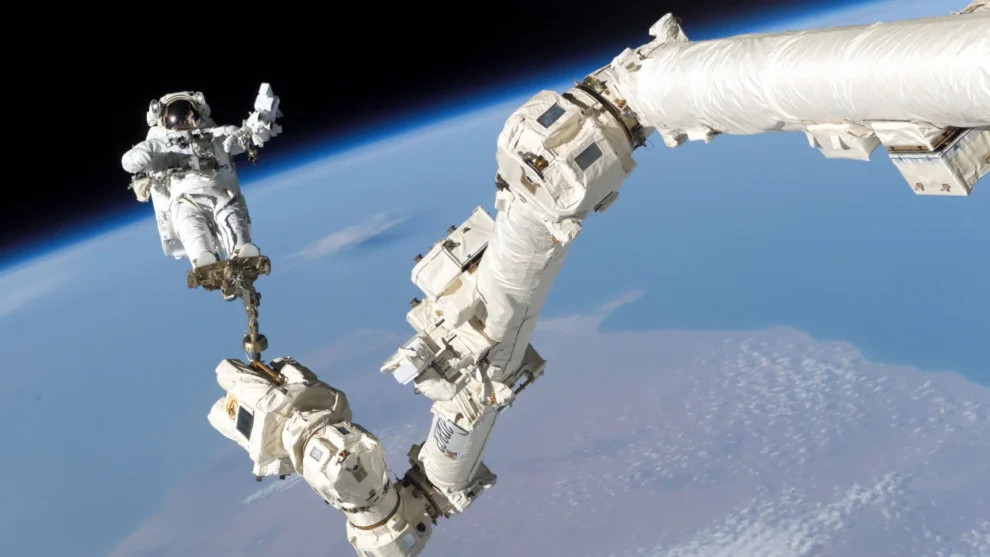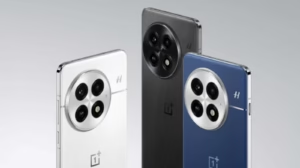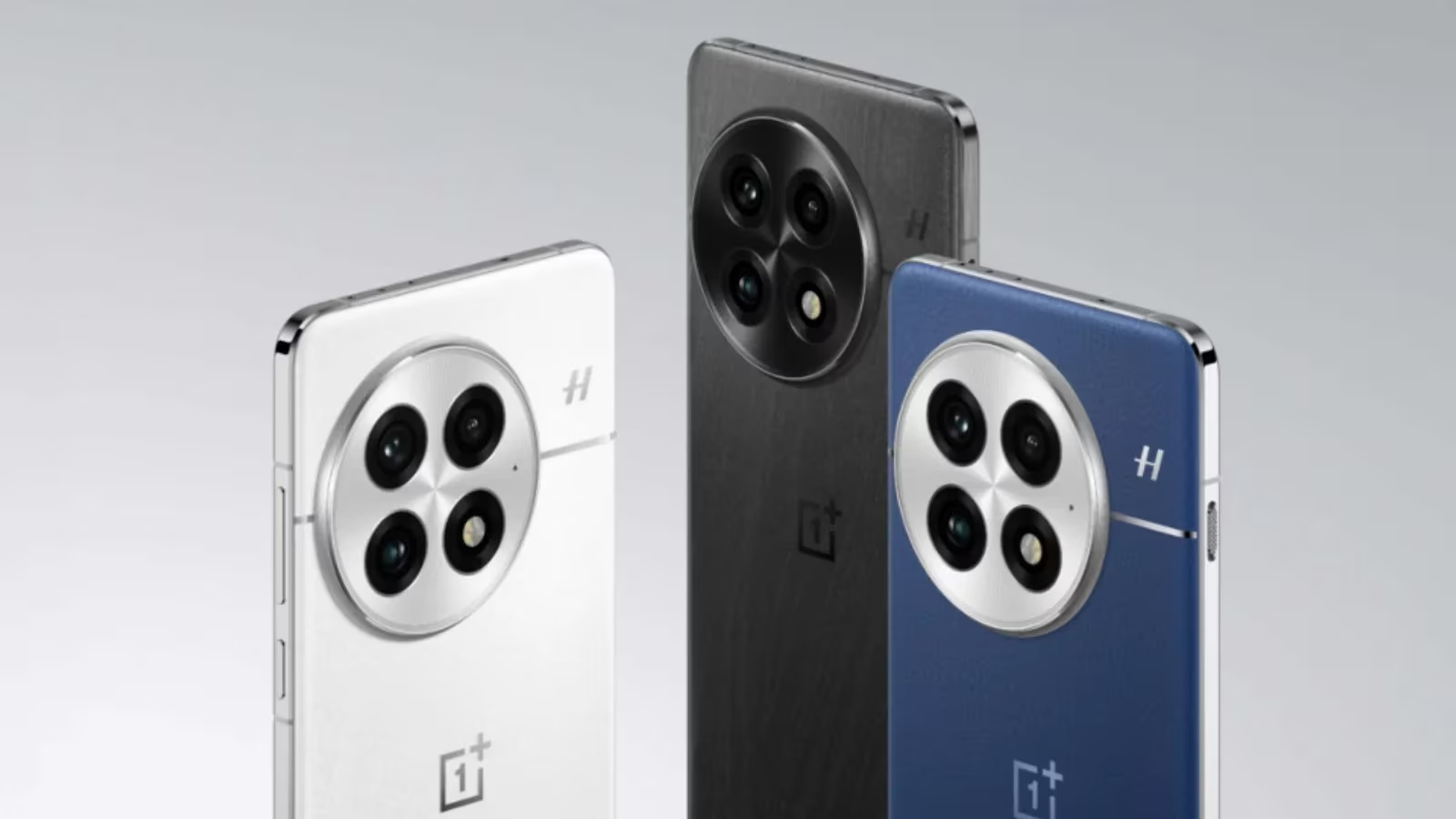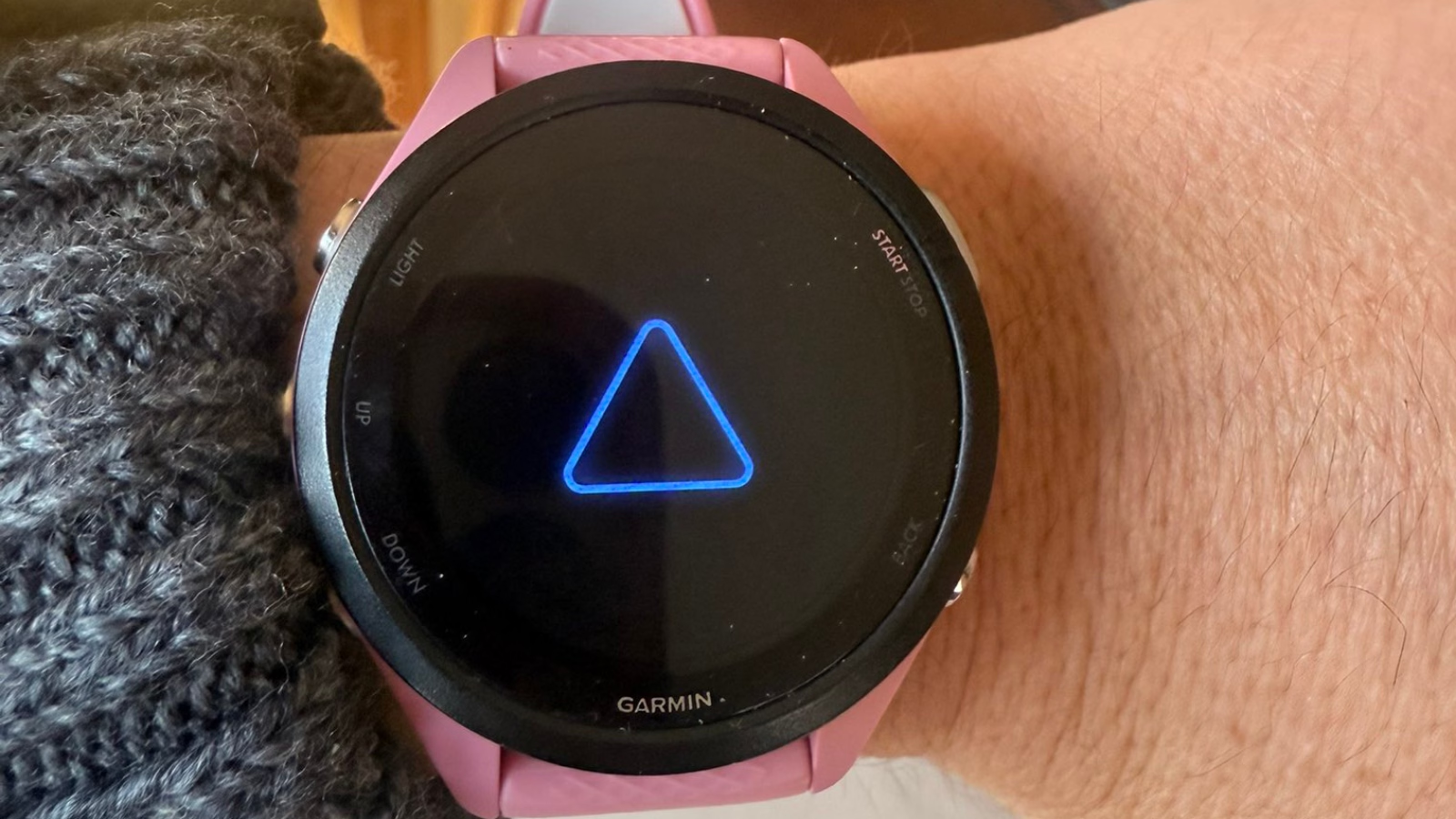The introduction of Virtual Reality (VR) technology aboard the International Space Station (ISS) has marked a significant leap in enhancing astronauts’ physical and mental well-being during their missions. The deployment of the HTC VIVE Focus 3 VR headset has not only addressed the mental health challenges faced by astronauts due to the isolation and confinement of space but has now extended its utility to improving their physical health through innovative exercise routines.
Key Highlights:
- VIVE Focus 3 is the first standalone VR/XR headset to function in microgravity, aiding in both mental and physical health of astronauts.
- Astronauts face a significant loss of muscle and bone mass during space missions, necessitating two hours of daily exercise.
- The VIVE Focus 3 VR headset is used with the FERGO exercise bike, providing immersive cycling experiences with visual and physical feedback.
- Virtual cycling routes include diverse landscapes filmed in Denmark, enhancing the exercise experience with scenic views and natural sounds.
The VR headset offers unique solutions to the challenges of exercising in microgravity by providing immersive, dynamic workouts that simulate cycling through various terrains and environments. This not only combats the physical toll of space travel, such as muscle atrophy and bone density loss, but also injects a much-needed element of the natural world into the astronauts‘ daily routine.
Addressing Physical Toll and Enhancing Exercise
Microgravity environments pose significant challenges to astronaut health, leading to up to 40% muscle loss and 12% bone mass reduction during long missions. The incorporation of the VIVE Focus 3 VR headset with the FERGO exercise bike on the ISS represents a pivotal solution to these issues. By simulating realistic cycling experiences, astronauts can engage in more effective and mentally stimulating exercise sessions, crucial for mitigating the adverse effects of microgravity.
A Leap in Astronaut Well-being
The VR technology’s ability to simulate Earth-like environments and sounds plays a vital role in enhancing the astronauts’ psychological health, providing a temporary escape from the confines of the ISS. The detailed replication of cycling routes from Denmark, complete with the sounds of nature, offers a powerful sensory experience that boosts morale and mental well-being, making exercise routines more enjoyable and effective.
This advancement is not just a testament to human ingenuity and the relentless pursuit of improving life in space but also showcases the potential of VR technology to solve complex problems in extreme environments. The collaboration between technology companies, space agencies, and astronauts themselves has paved the way for innovations that significantly impact both space missions and potential applications on Earth.
In conclusion, the introduction of the VIVE Focus 3 VR headset on the ISS represents a remarkable milestone in space travel, providing astronauts with an invaluable tool for maintaining their physical and mental health. This innovation not only enhances their daily exercise routines but also offers a glimpse into the future of human presence in space, where technology bridges the gap between the harsh realities of space and the human need for connection to the natural world.



















